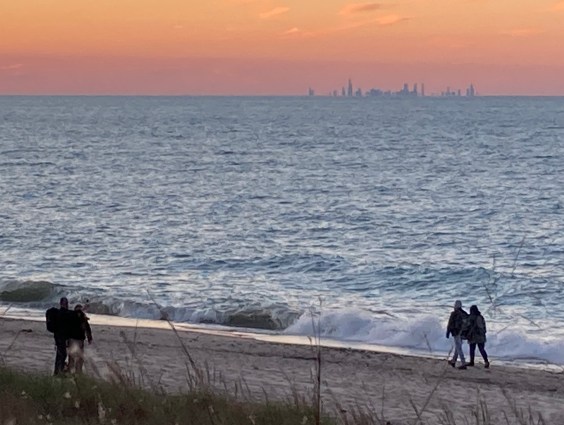There may be no more striking symbol of the costs of America's auto-culture than the overweight child who can't walk to school because it's unsafe.
Across political stripes, there has been wide agreement that this is a problem that needs solving. And thankfully, we've got the Safe Routes to School program that helps communities add sidewalks and improve crossing conditions to make walking to school safe for children.
But it turns out better sidewalks aren't always enough to turn a car-centric environment into a place a kindergartner can reasonably navigate. Network blogger Nathaniel Hood at Twin Cities Streets for People offers the example of suburban Woodbury, Minnesota. Not one of the 620 students at Woodbury's Bailey Elementary School walks to school, even after taking part in Safe Routes to School, the nation's $820 million program to improve walkability.
Hood writes that the problem is more fundamental than street conditions. Bailey Elementary School was built like a suburban shopping mall, completely isolated from the community fabric, with large setbacks, massive parking lots. And the surrounding neighborhoods suffer the same design flaws:
If you look at the aerial map you’ll see it’s totally reasonable why parents don’t let their kids walk to school. We’ve arranged our neighborhoods in a way that they are very far away from everyday places. This costs us a great deal of time and money: parents need to drive their children to school before they head off to work (time) and use up gas in the process (money).
The crossing near Bailey Elementary in Woodbury has a crosswalk, but no stop lights to halt the 55 mph traffic. But – even if more sidewalks and safer crossings were added to the equation, this would still ignore the big problem of distance. If Bailey Elementary added all the recommended changes, it would be a nearly impossible two to five mile hike to school for each 10-year-old.
We, as a suburbanized culture, don’t want to walk – mostly because we sort of understand that the stuff we have built isn’t worth walking by. It's very telling that even $820 million worth of grants can't make pedestrian activity possibly in the land of epic sprawl.
The federal government is doing its part to help solve the childhood obesity problem by offering money to make walking to school safe. Now it's time for more local governments to do their part and invest in walkable neighborhood schools.
Elsewhere on the Network today: BikeSD reports that California Governor Jerry Brown vetoed the state's 3-foot passing law. Stop and Move highlights the galling media and police bias that emerges shortly after a California teenager with a bike was hit by a car last week. And the Transport Politic wonders whether the popularity of streetcar projects is undermining bus transit.






